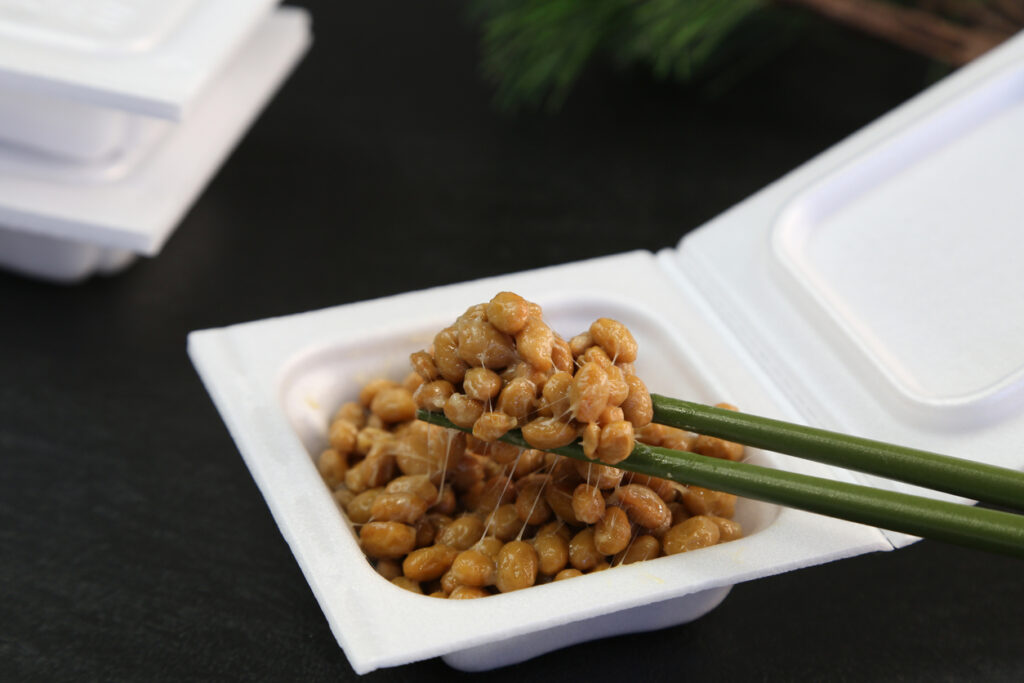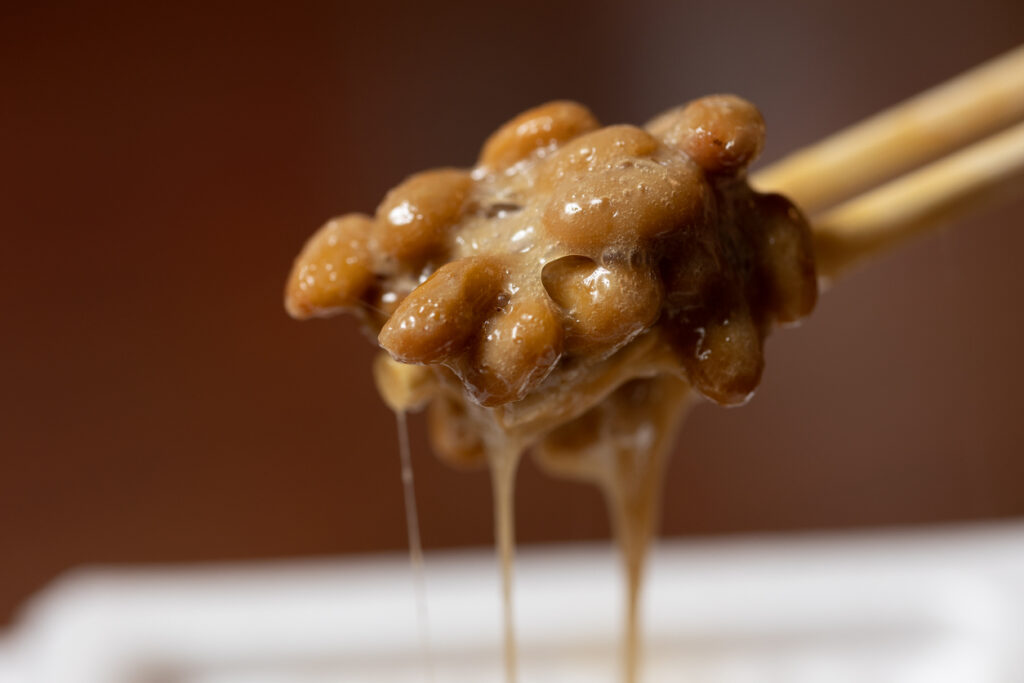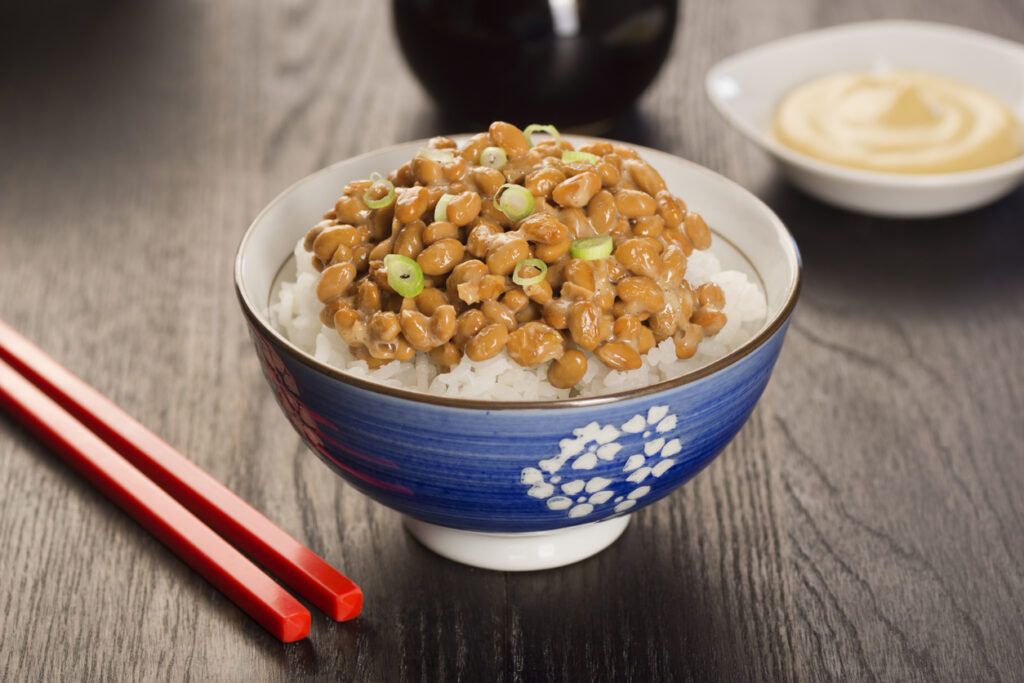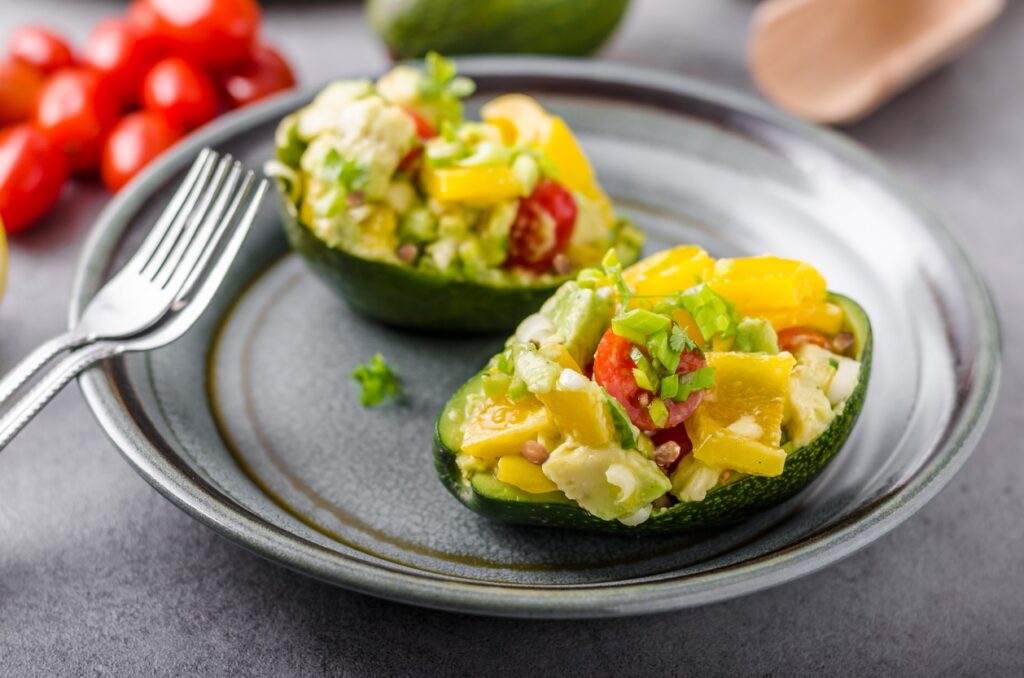Japanese Superfoods: Natto
You either love it or you hate it
It has been dubbed the “Japanese Vegemite” due to its pungent odor and particular acquired taste. However, unlike my motherland’s breakfast favorite, Vegemite, natto deserves much more credit than just the smelly bean that it is commonly known as.
Natto is fermented soybeans, specifically fermented with Bacillus subtilis, which forms the stringy, strong smelling and interesting-tasting Japanese staple food. It is often eaten as part of the Japanese breakfast and is sold in little individual styrofoam or cardboard packs in every supermarket, generally in the cool section near the tofu.
Health benefits
 © Photo by iStock: yasuhiroamano
© Photo by iStock: yasuhiroamanoNutritionally, natto is high in protein, with one little 40-gram pack having around seven grams of protein and only 85 calories. It is also naturally gluten-free. When mixed with a raw egg on a bowl of rice, the Japanese believe this is a perfectly nutritious, balanced meal.
We covered in a fair amount of detail on the wonderful health benefits of fermented foods in our miso article, so I’ll try to limit that here. However, go and check it out again, as natto and miso go toe-to-toe as the top fermented foods in Japan. For natto, the fermentation process breaks down the soybeans, which makes them easier to digest and increases the body’s ability to absorb the goodness of the nutrients.
 © Photo by iStock: petesphotography
© Photo by iStock: petesphotographyIn addition, natto also has these special nourishing elements:
- Vitamin K2 is the relatively unheard-of K vitamin compared to its buddy K1. K1 is abundant in green leafy veggies and accounts for 90 percent of Vitamin K intake. However, evidence suggests that Vitamin K2 specifically can protect from heart disease, lower the risk of some cancers, promote brain function and ensure healthy skin and bones (reducing the risk of osteoporosis). It has been recorded that natto has the highest concentration of Vitamin K2 of any food source!
- PQQ is a micronutrient—similar to a vitamin—supports the mitochondria in the body. This is especially important for brain and heart health. Our bodies can’t synthesize PQQ, so it can only be obtained through the diet, and natto is again one of the highest sources available.
- Nattokinase is an enzyme produced specifically in natto, and is believed to thin the blood and reduce the chances of blood clots, which can be beneficial for those with cardiovascular disease. Nattokinase has even been made into a supplement capsule form for its health benefits.
How to eat it
 © Photo by iStock: viennetta
© Photo by iStock: viennettaGenerally, the Japanese serve natto on rice or toast mixed with some mustard and soy sauce (there are little sachets of each generally included in each individual natto packet). However, if this is a little challenging for you at first, you can try out the recipe here to disguise the taste a little until you’re more accustomed to the natto experience!
Recipe: Avo-natto-mole
 © Photo by iStock: PeteerS
© Photo by iStock: PeteerSServes 1-2
Gluten-free/dairy-free/egg-free/sugar-free/nut free
What you need
- 1 avocado
- 1 40g packet of natto
- ½ teaspoon olive oil
- 1 tablespoon chopped green onion
- 1 tablespoon chopped cilantro
- A squeeze of lemon juice
- Salt and pepper to taste
- Diced yellow capsicum and halved tiny tomatoes to serve
What to do
- Scoop the avocado out and cut it up into a bowl (reserve the skin for serving).
- Open the natto packet and mix the natto around at least 20 times vigorously until it forms a creamy, sticky, stringy consistency. I don’t use the soy or mustard included in the packet.
- Add the natto to the avocado bowl along with the remaining ingredients and mix well until combined.
- Place the mixture back into the avocado skin, and top with yellow capsicum and tiny tomatoes. Can be served with crackers or eaten on its own for a very nutritious breakfast, lunch or snack.
* Please note that the packets of mustard and soy sauce that may be included in each packet will not be gluten-free.











